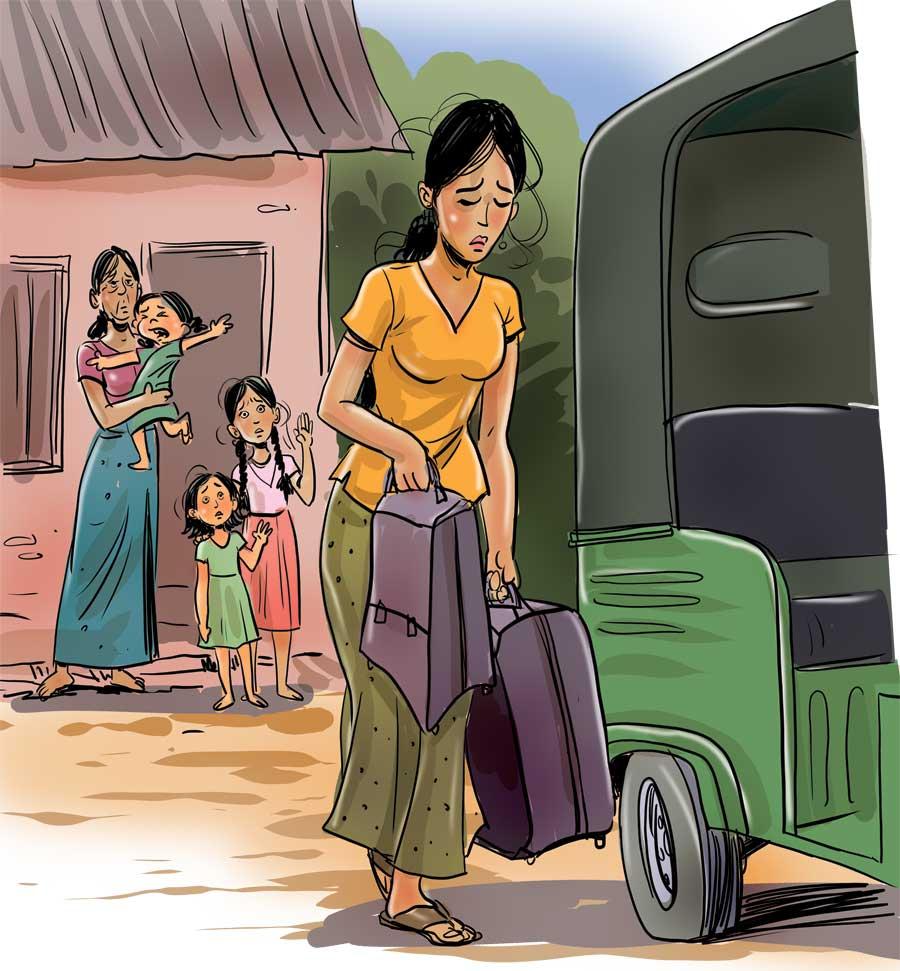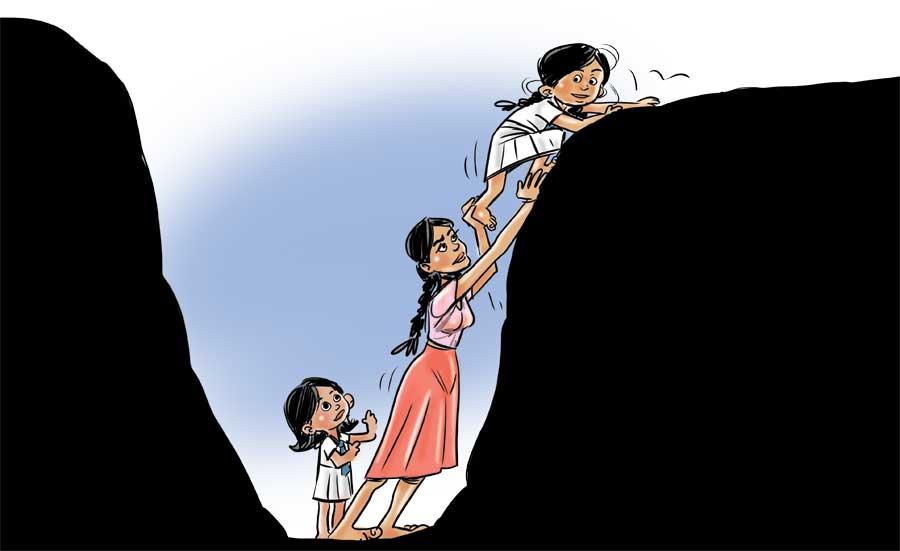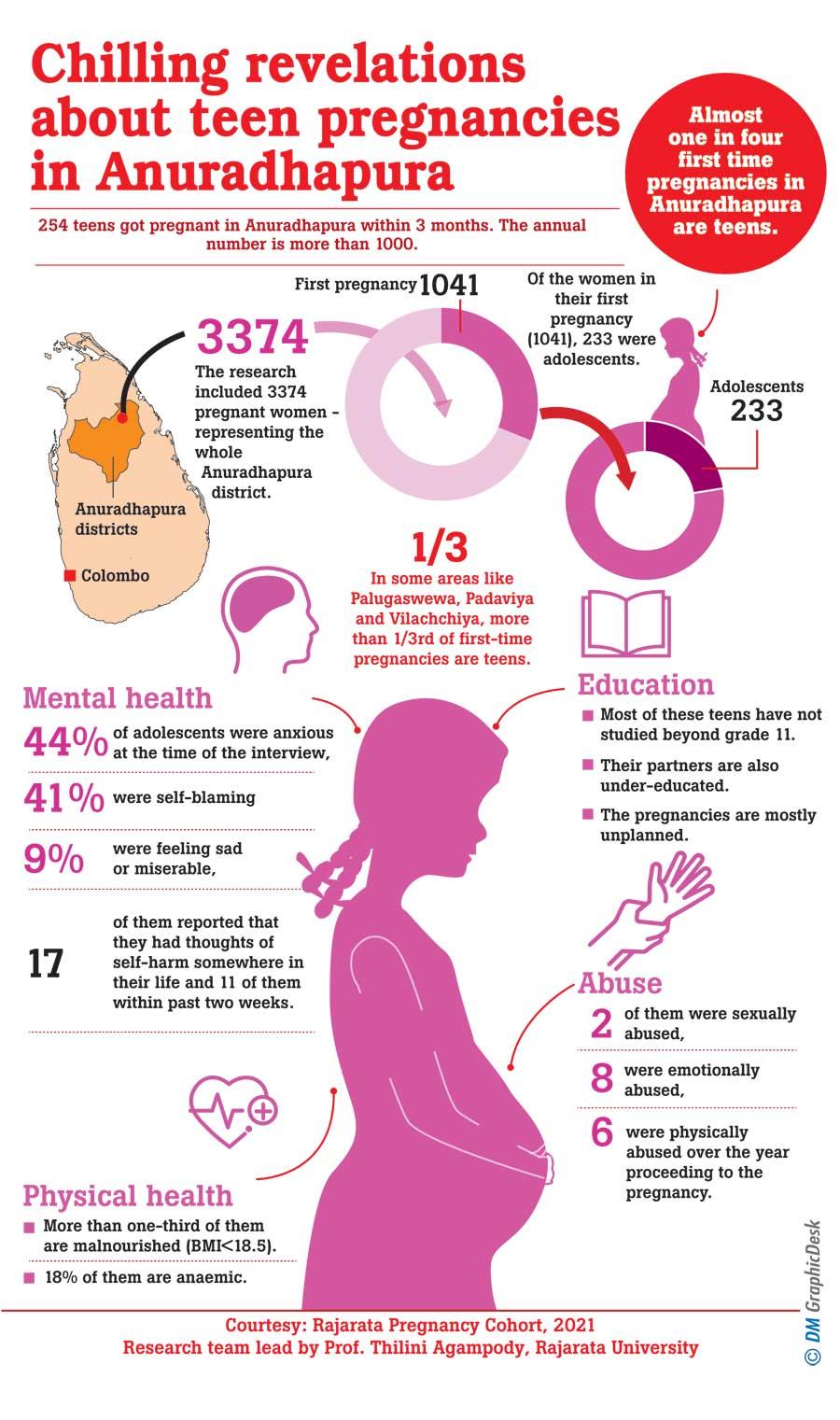By A. Abdul Aziz
On February 13th, 1835, in the small Indian village of Qadian, Punjab, India, a man named Hazrat Mirza Ghulam Ahmadwas born. He belonged to a well-known and noble family.
All religions contain prophecies that foretell the advent of a special individual, who will come as a reformer in the latter days. In Islam, Muslims await a promised Mahdi and Messiah. The advent of the Promised Messiahwas prophesized by the Prophet of Islam Muhammad (PBUH) himself. According to a tradition, the Holy Prophet(PBUH) was sitting among his companions, two verses from Holy Qur’an (Surah al Jum’uah) were revealed, it reads:
He it is Who has raised among the unlettered people a Messenger from among themselves who recites unto them His Signs, and purifies them, and teaches them the Book and Wisdom though before that they were in manifest error; And He will raise him among others of them who have not yet joined them. He is the Mighty, the Wise.” (62: Verse 3.4).
One of the companions of the Holy Prophet(PBUH) questioned to who this verse relates to, and the Prophet of Islam(PBUH) replied while putting his hand on Salman– A Companion, (a Persian man),
If faith were to go up to the Pleiades, a man from among these would surely find it.” (Bukhari).
Hazrat Mirza Ghulam Ahmad – Founder of the Ahmadiyya Muslim Community in Islam) is that Promised Reformer of the later age.
Starting from his childhood, the Promised Messiah’s unusual interest in religion was noticed by many, including his father, who nicknamed him ’Maseetar’ meaning ‘one who spends most of his time in a mosque observing prayer’.
At an early age, he began to receive revelations from God, as well as visions and true dreams. In the years 1864 or 1865, the Promised Messiah, peace be on him, had a vision where he saw the Holy Prophet of Islam (PBUH). This verified further, that Hazrat Mirza Ghulam Ahmad, peace be on him, had a strong connection with the Holy Prophet of Islam (PBUH). Hazrat Mirza Ghulam Ahmad, peace be on him, was shown that he would have a fruitful spiritual future.
The Promised Messiah’s father wanted for his son to pursue government service, which would allow him a handsome means to support his family financially. However, Hazrat Mirza Ghulam Ahmad, peace be on him, felt his time pursuing his worldly occupation was like a prison sentence” as he was deeply attached to spirituality and enhancing his religious knowledge. Therefore, during his spare time, he continued to study the Holy Qur’an, and always strove to serve humanity, often helping those who were in need. He also spent his time debating with Christian missionaries who lived in his neighborhood, defending his beloved faith, Islam.
The June of 1876 was a tragic time for the Promised Messiah, peace be on him, as his father passed away. Earlier, on the same day, Hazrat Mirza Ghulam Ahmad, peace be on him, had received a revelation from God revealing about his father’s death. The Promised Messiah, peace be on him, was quite saddened by the death, and was worried about the troubles his family would now face, with limited financial means. However, since Hazrat Mirza Ghulam Ahmad, peace be on him, was an individual loved by God, Allah Almighty sent another revelation,
Is Allah not sufficient for his servant?” (Holy Qur’an: 39:37).
This assurance filled the Promised Messiah, peace be on him, with contentment that Allah Almighty would always provide for him. In 1868 or 1869, the Promised Messiah, peace be on him, received the revelation,
Thy God is well pleased with what thou hast done. He will bless thee greatly, so much so that Kings shall seek blessing from your garments.”
This seemed a strange revelation at the time–why would kings seek blessings from the clothes of someone hardly known outside this small remote village in India? But, history bears witness, that this revelation became reality, as the legacy of the Promised Messiah, peace be on him, unfolded and reached people from all over the world, from all walks of life, rich and poor, till today.
The flow of revelations and visions continued, until in 1882 he received the revelation which made it clear that he, Mirza Ghulam Ahmad, peace be on him, was to be the appointed one, the one commissioned by God to serve His cause; he was the Promised Messiah, peace be on him.
In January of 1886, he received a prophecy that foretold of a handsome and spiritually purified son, who would be born to the Promised Messiah, peace be on him. This prophecy was followed by one other. The second prophecy specified the context within which the Promised Messiah, peace be on him, would be granted his promised son. Both of these prophecies were indeed fulfilled on the 12th of January, 1889 when God blessed the Promised Messiah, peace be on him, with a son who was named Hazrat Mirza Bashiruddin Mahmud Ahmad. This Promised Son also became the second Khalifa (Caliph) of the Ahmadiyya Muslim Community in Islam.
In 1889 Hazrat Mirza Ghulam Ahmad, peace be on him, received the Divine revelation:
When thou hast determined, put thine trust in Allah. And build the Ark under Our eyes, as commanded by our revelation. Verily, those who swear allegiance to thee indeed swear allegiance to Allah. The hand of Allah is over their hand.”
After this revelation Hazrat Mirza Ghulam Ahmad, peace be on him, published a public announcement that read:
‘I have been ordained to announce that those who are seekers after truth should swear allegiance to me so that they may be enabled to find a way to the true faith, true purity and the love of God.’
The call for Initiation or Bai’at” was answered immediately by those who had already recognized that Hazrat Mirza Ghulam Ahmad, peace be on him, was indeed the Promised Messiah, and was appointed by God Almighty himself. The first Initiation ceremony took place in Ludhiana, India, on 23rd March 1889, laying the foundation for the Ahmadiyya Muslim Community. Hazrat Maulvi Nurudin(r.a.) became the first person to be initiated at his hand.
Saturday 23rd March 1889 was the momentous day when Hazrat Mirza Ghulam Ahmad, the Promised Messiah, peace be on him,, accepted the hands of forty faithful servants in allegiance to the Ten Conditions of Bai’at (initiation) and founded the community which he called ‘The Ahmadiyya Muslim Community’. The Promised Messiah, peace be on him, took this oath of allegiance at the house of a spiritual preceptor Hazrat Sufi Ahmad Jan in the city of Ludhiana (Punjab, India). As stated, Hazrat Hakim Maulvi Noor al-Din(r.a.) was the first person to have the honor of taking the first Bai’at. This was a revolutionary yet a very modest beginning to a new chapter in the history of Islam.
In 1891 in Qadian, Hazrat Mirza Ghulam Ahmad, peace be on him, received repeated revelations that Jesus, peace be on him, of Nazareth, in whose second advent both the Muslims and Christians believed, had died a natural death and that what was meant by his second advent was that a person should appear in the spirit of Jesus and that he himself was that person, the Promised Messiah, peace be on him.
After writing over 80 books and tens of thousands of letters, delivering hundreds of lectures, and engaging in scores of public debates, the Promised Messiah, peace be on him, passed away on May 26, 1908. Yet his legacy as the founder of Ahmadiyya Muslim Community, continues to prevail throughout the world today. He was a man, deeply in love with and treaded on the footsteps of his beloved master, Prophet of Islam Muhammad (PBUH), with every breath of his life. He was man beloved by Allah Almighty, and was vouchsafed a revelation, Kings shall seek blessing from your garments”, which rings true to this very day.
The Ahmadiyya Muslim Community believes that God sent Mirza Ghulam Ahmad to end religious wars, condemn bloodshed, and restore morality, justice, and peace. He reformed Muslims of fanatical beliefs and practices by vigorously championing Islam’s true teachings. He also recognized the noble teachings of the great religious founders and saints, including Zoroaster, Abraham, Moses, Jesus, Krishna, Buddha, Confucius, Lao Tzu, and Guru Nanak, and explained how their original teachings converge into true Islam.
Today, the Ahmadiyya Muslim Community is the world’s largest Islamic community under one Divinely appointed leader (Fifth Khalifa), His Holiness Hazrat Mirza Masroor Ahmad (may Allah be his Helper) (born 1950). The Ahmadiyya Muslim Community spans over 200 nations with membership exceeding tens of millions.
The Ahmadiyya Muslim Community is the leading Islamic organization to categorically reject terrorism. Over a century ago, Mirza Ghulam Ahmad, peace be on him emphatically declared that the Jihad by sword” has no place in Islam. He instead taught Muslims to follow the Qur’an and Prophet Muhammad’s (PBUH) example and defend Islam with a bloodless, intellectual Jihad of the pen” Accordingly, as stated, Mirza Ghulam Ahmad penned over 80 books and tens of thousands of letters, delivered hundreds of lectures, and engaged in scores of public debates. The Ahmadiyya Muslim Community continues to use education to peacefully reform Muslims and revive Islam worldwide.
Mirza Ghulam Ahmad reminded Muslims of God’s promise to safeguard Islam through Khilafat (the spiritual institution of successorship to prophethood). The Ahmadiyya Muslim Community believes that only Islamic khilafat can peacefully unite humanity. Five Khalifas have succeeded Mirza Ghulam Ahmad since his demise.
The current Khalifa Mirza Masroor Ahmad may Allah be his Helper) resides in the United Kingdom and serves as the community’s spiritual and administrative head. Under the leadership of khilafat, the Ahmadiyya Muslim Community has built thousands of mosques, hundreds of schools, and number of hospitals. It has translated the Holy Qur’an into over 70 languages including Sinhala. The Ahmadiyya Muslim Community propagates Islam’s true teachings of peace and tolerance through a 24-hour satellite television channel (MTA), the Internet (www.alislam.org), and print (Islam International Publications). It stands at the forefront of disaster relief worldwide through Humanity First, a non-profit charity.
The Ahmadiyya Muslim Community is the only Islamic organization to endorse the separation of mosque and state. Despite facing bitter faith-based persecution in numerous Muslim majority nations, the Ahmadiyya Muslim Community continues to advocate for universal human rights for all religious and other persecuted minorities. It likewise invests heavily in women’s equality, education, and empowerment programs. Its members are among the most law-abiding, educated, and engaged Muslims in the world.

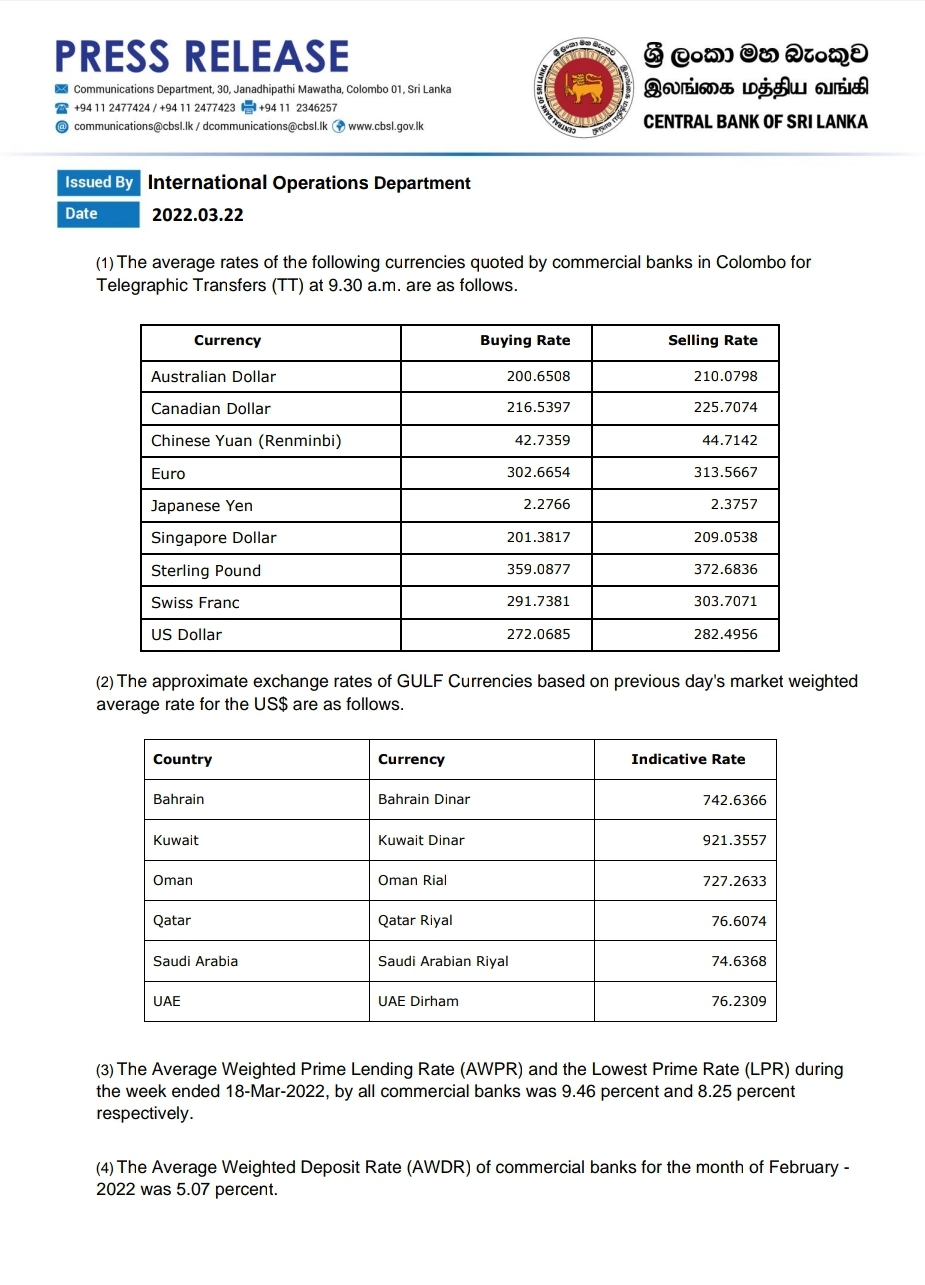







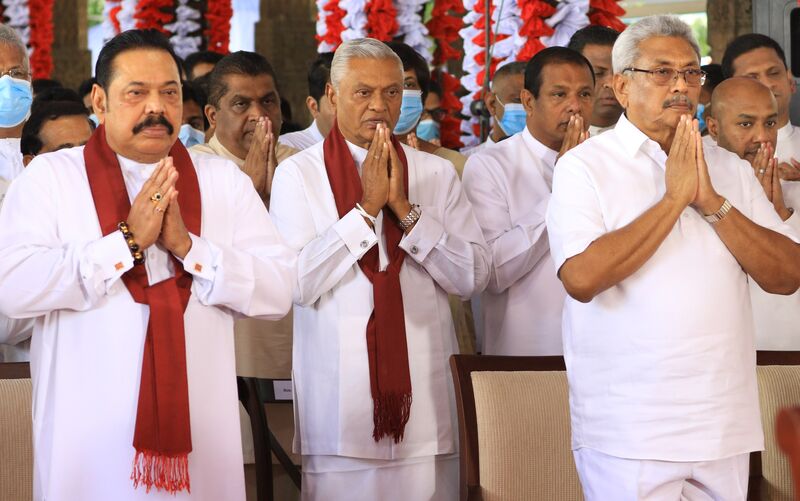

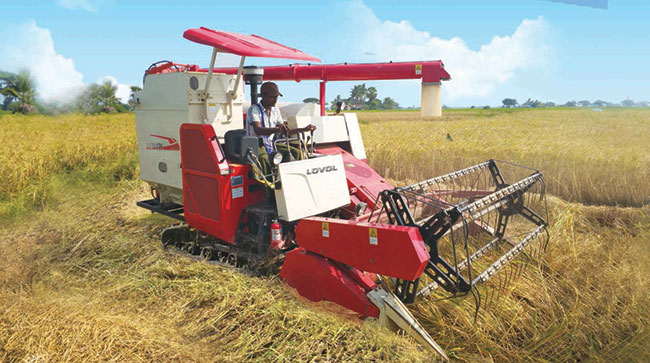

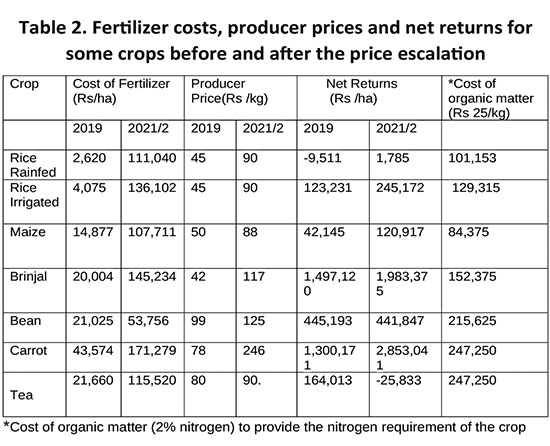
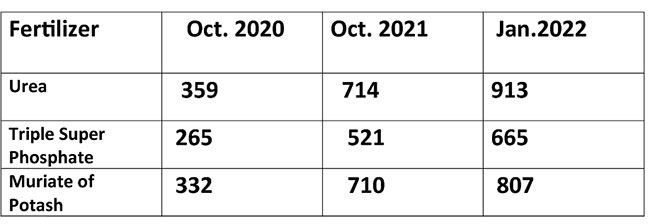
 Last week President Gotabaya Rajapaksa addressed a nation in crisis. Instead of calming the masses, a good part of whose life is now spent in everyday queues, he managed to further enrage them. What could probably be the operating para of his speech was ‘this crisis was not created by me’. Our country is not the only country in the world affected by the prevailing crisis situation. The entire world is engulfed with various hardships,” he said. Fair enough, President Rajapaksa inherited an economy that was loaded with an unsustainable amount of foreign debt, much of which was obtained during the two-term presidency of his elder brother. While some of them were invested in useful infrastructure projects, Mahinda Rajapaksa misallocated a good deal of foreign loans on a dynastic enterprise-in development projects which had no immediate, perhaps, not even medium-term, economic viability. Mahinda Rajapaksa misallocated a good deal of foreign loans on a dynastic enterprise-in development projects which had no immediate, perhaps, not even medium-term, economic viability
Last week President Gotabaya Rajapaksa addressed a nation in crisis. Instead of calming the masses, a good part of whose life is now spent in everyday queues, he managed to further enrage them. What could probably be the operating para of his speech was ‘this crisis was not created by me’. Our country is not the only country in the world affected by the prevailing crisis situation. The entire world is engulfed with various hardships,” he said. Fair enough, President Rajapaksa inherited an economy that was loaded with an unsustainable amount of foreign debt, much of which was obtained during the two-term presidency of his elder brother. While some of them were invested in useful infrastructure projects, Mahinda Rajapaksa misallocated a good deal of foreign loans on a dynastic enterprise-in development projects which had no immediate, perhaps, not even medium-term, economic viability. Mahinda Rajapaksa misallocated a good deal of foreign loans on a dynastic enterprise-in development projects which had no immediate, perhaps, not even medium-term, economic viability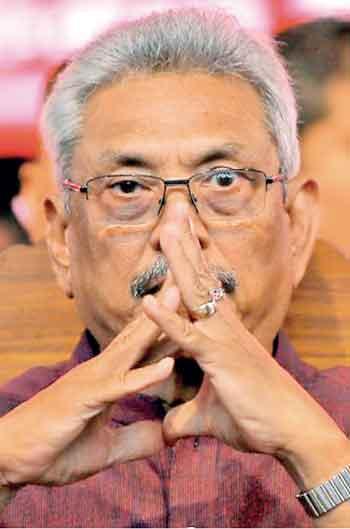 But, only Gotabaya Rajapaksa is responsible for mismanaging the latent economic crisis, which could have been handled with economic common sense. Instead, he turned it into a national disaster. Without a series of flawed policies adopted by his administration, Sri Lanka would not have been in the throes of a crisis as acute as it is at present. But, the president did not admit any of his blunders; they broke the back of this nation. Perhaps, his ego blinded him. Or he is simply ignorant and his advisors sycophantic. Here are four cardinal mistakes he committed, and they turned an otherwise manageable foreign exchange crisis into an unprecedented national catastrophe. 1.His extensive tax concessions made the government bankrupt Mr Rajapaksa started on the wrong foot. The government revenue in Sri Lanka as a percentage of the GDP is one of the lowest in the world – not just in comparison to peer lower Middle/Middle-Income nations but even compared to the least developed nations. To address the lower government tax revenue, Rajapaksa’s predecessors, the Yahapalanaya, partly guided by the IMF, adopted a revenue-based fiscal consolidation programme. Tax revenue as a percentage gradually increased, from 2015 to 2019, when Rajapaksa was elected to power. The new president thought he knew better and cut VAT from 15% to 8% and abolished NBT, PAYE tax, etc. As a result, the government revenue in 2020 declined by 526 billion rupees. And the number of registered taxpayers in the country declined by 33.5 per cent, according to Verite Research, a think tank. In order to fill the shortfall, the government printed money, fuelling inflation. Public finances were weakened while the country was due to pay over US$ 24 billion of foreign loans by 2024, which itself reveals the economic acumen of the president and his advisors. 2.The self-made disaster in the agricultural sector The president’s overnight ban on chemical fertiliser would be remembered as the dumbest, yet one of the most callous policy decisions in recent memory. It is more ludicrous if the real reason as he claims was to save public health (instead it seriously damaged Sri Lanka’s food security, Sri Lanka now ranks behind a number of South Asian peers in terms of food security). If the unsaid motive was to save limited foreign reserves, it reveals the misplaced priorities of his government. Fertiliser subsidy cost about US$ 250-300 million annually. In the meanwhile, his government continued to service international sovereign bonds, the last one of US$ 500 million that was paid in January effectively emptied the foreign reserve. The ban on chemical fertiliser decimated the local agricultural sector, paddy harvest declined by two-thirds. The cost of the folly was, according to conservative estimates, is US$ 2 billion. It impoverished 1.8 million farmers, which account for every one in four of the Sri Lankan workforce. The new president thought he knew better and cut VAT from 15% to 8% and abolished NBT, PAYE tax, etc. As a result, the government revenue in 2020 declined by 526 billion rupees. And the number of registered taxpayers in the country declined by 33.5 per cent 3.Unsustainable Rupee peg and continuation of bond payments If there is a government that continued to pay its foreign lenders against a net negative foreign reserve, it is this one. The real motives may be much less sincere than lofty claims of non-existent creditworthiness, which is ranked below the junk by rating agencies. The government effectively drained US$ 7.6 billion of foreign reserves of 2019 to pay for foreign lenders and to maintain an unsustainable peg of the Rupee. The peg resulted in a further squeeze of foreign remittance by the Sri Lankan workers abroad. Exporters parked their earnings in foreign banks. The President in his speech admitted that the workers’ remittance, which would have been US$ 2 billion under the peg would now increase to US$ 5 billion after the rupee was floated. However, the rupee was floated when the country ran out of hard currency, with the government having no effective instrument to manage the free fall of its value. While the rupee is traded at 275 for a dollar in banks, it is still traded for 300- 305 per dollar in the parallel markets. That might suggest further depreciation is on the way. If the peg aggravated the shortage, now the free-falling rupee would make most essential items, ranging from milk powder to cooking gas beyond the reach of average folks. The promised Saubagyaya (prosperity) has been proved to be an unmitigated self-made disaster. 4.Self-isolation from the West Now when the government begs for short changes from Bangladesh, and pleads for oil on credit from Russia, at its hour of global infamy, one should know, that its friends are few and far between. This was not the case when it launched into power. The Japanese were funding a Colombo metro rail project, the Americans offered a US$ 480 million grant under the Millennium Challenge Cooperation. Gotabaya Rajapaksa’s administration suspended the Japanese project and shunned the Americans. It effectively self-distanced itself from the West and its allies. A common-sense foreign policy followed in the national interest would have made it possible for the country to seek help from a greater number of states at its hour of need. But, the Rajapaksa’s personal political calculations had always ranked above the national interest. Those are only the most salient of blunders, which are directly instrumental in our flight. There is a separate long list, from the 20th Amendment to racist dog-whistling and to the compulsory cremation of Muslim Covid dead, that further discredited the nation. Connect the dots, and you will see why and how Sri Lanka ended up here, our daily ritualistic humiliation at queues and our daily struggle to make ends meet.
But, only Gotabaya Rajapaksa is responsible for mismanaging the latent economic crisis, which could have been handled with economic common sense. Instead, he turned it into a national disaster. Without a series of flawed policies adopted by his administration, Sri Lanka would not have been in the throes of a crisis as acute as it is at present. But, the president did not admit any of his blunders; they broke the back of this nation. Perhaps, his ego blinded him. Or he is simply ignorant and his advisors sycophantic. Here are four cardinal mistakes he committed, and they turned an otherwise manageable foreign exchange crisis into an unprecedented national catastrophe. 1.His extensive tax concessions made the government bankrupt Mr Rajapaksa started on the wrong foot. The government revenue in Sri Lanka as a percentage of the GDP is one of the lowest in the world – not just in comparison to peer lower Middle/Middle-Income nations but even compared to the least developed nations. To address the lower government tax revenue, Rajapaksa’s predecessors, the Yahapalanaya, partly guided by the IMF, adopted a revenue-based fiscal consolidation programme. Tax revenue as a percentage gradually increased, from 2015 to 2019, when Rajapaksa was elected to power. The new president thought he knew better and cut VAT from 15% to 8% and abolished NBT, PAYE tax, etc. As a result, the government revenue in 2020 declined by 526 billion rupees. And the number of registered taxpayers in the country declined by 33.5 per cent, according to Verite Research, a think tank. In order to fill the shortfall, the government printed money, fuelling inflation. Public finances were weakened while the country was due to pay over US$ 24 billion of foreign loans by 2024, which itself reveals the economic acumen of the president and his advisors. 2.The self-made disaster in the agricultural sector The president’s overnight ban on chemical fertiliser would be remembered as the dumbest, yet one of the most callous policy decisions in recent memory. It is more ludicrous if the real reason as he claims was to save public health (instead it seriously damaged Sri Lanka’s food security, Sri Lanka now ranks behind a number of South Asian peers in terms of food security). If the unsaid motive was to save limited foreign reserves, it reveals the misplaced priorities of his government. Fertiliser subsidy cost about US$ 250-300 million annually. In the meanwhile, his government continued to service international sovereign bonds, the last one of US$ 500 million that was paid in January effectively emptied the foreign reserve. The ban on chemical fertiliser decimated the local agricultural sector, paddy harvest declined by two-thirds. The cost of the folly was, according to conservative estimates, is US$ 2 billion. It impoverished 1.8 million farmers, which account for every one in four of the Sri Lankan workforce. The new president thought he knew better and cut VAT from 15% to 8% and abolished NBT, PAYE tax, etc. As a result, the government revenue in 2020 declined by 526 billion rupees. And the number of registered taxpayers in the country declined by 33.5 per cent 3.Unsustainable Rupee peg and continuation of bond payments If there is a government that continued to pay its foreign lenders against a net negative foreign reserve, it is this one. The real motives may be much less sincere than lofty claims of non-existent creditworthiness, which is ranked below the junk by rating agencies. The government effectively drained US$ 7.6 billion of foreign reserves of 2019 to pay for foreign lenders and to maintain an unsustainable peg of the Rupee. The peg resulted in a further squeeze of foreign remittance by the Sri Lankan workers abroad. Exporters parked their earnings in foreign banks. The President in his speech admitted that the workers’ remittance, which would have been US$ 2 billion under the peg would now increase to US$ 5 billion after the rupee was floated. However, the rupee was floated when the country ran out of hard currency, with the government having no effective instrument to manage the free fall of its value. While the rupee is traded at 275 for a dollar in banks, it is still traded for 300- 305 per dollar in the parallel markets. That might suggest further depreciation is on the way. If the peg aggravated the shortage, now the free-falling rupee would make most essential items, ranging from milk powder to cooking gas beyond the reach of average folks. The promised Saubagyaya (prosperity) has been proved to be an unmitigated self-made disaster. 4.Self-isolation from the West Now when the government begs for short changes from Bangladesh, and pleads for oil on credit from Russia, at its hour of global infamy, one should know, that its friends are few and far between. This was not the case when it launched into power. The Japanese were funding a Colombo metro rail project, the Americans offered a US$ 480 million grant under the Millennium Challenge Cooperation. Gotabaya Rajapaksa’s administration suspended the Japanese project and shunned the Americans. It effectively self-distanced itself from the West and its allies. A common-sense foreign policy followed in the national interest would have made it possible for the country to seek help from a greater number of states at its hour of need. But, the Rajapaksa’s personal political calculations had always ranked above the national interest. Those are only the most salient of blunders, which are directly instrumental in our flight. There is a separate long list, from the 20th Amendment to racist dog-whistling and to the compulsory cremation of Muslim Covid dead, that further discredited the nation. Connect the dots, and you will see why and how Sri Lanka ended up here, our daily ritualistic humiliation at queues and our daily struggle to make ends meet. 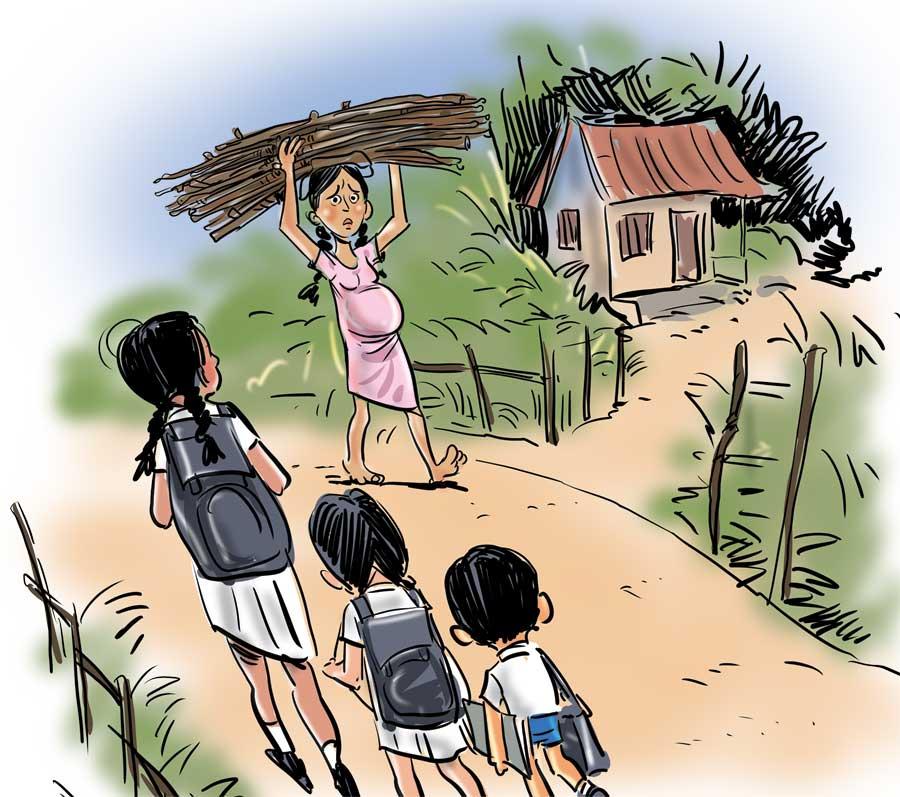
 off their daughters due to various reasons such as poverty, tradition and gender inequality. The debate on child marriages in Sri Lanka has been focused too much on Muslims. But, in reality, the evidence shows that the child marriage problem is not a Muslim or Sinhalese problem, but a national problem.
off their daughters due to various reasons such as poverty, tradition and gender inequality. The debate on child marriages in Sri Lanka has been focused too much on Muslims. But, in reality, the evidence shows that the child marriage problem is not a Muslim or Sinhalese problem, but a national problem. 